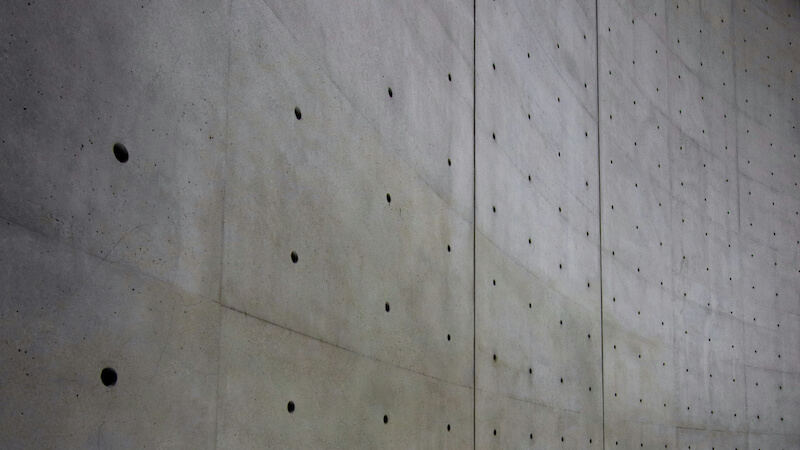More and more companies are focusing on the production of sustainable concrete. The reason: the construction industry is responsible for a relatively large proportion of global CO2 emissions.
Further efforts are needed to achieve climate neutrality. After all, it is not just emissions from road traffic that are a problem for the environment, but also the pollutants that are produced every day in the construction sector. One example of a material that we find in almost every building is concrete.
The building material is responsible for more than four percent of global CO2 emissions. Due to the global drive for alternatives, some companies are now using the material for CO2 sequestration. Concrete and especially cement, a key component of concrete, have a devastating impact on the environment.
The cement industry produces 2.8 billion tons of CO2 every year, more than any other country apart from China and the USA. This corresponds to around four to eight percent of global man-made carbon emissions. According to the Paris Agreement, CO2 emissions from cement production must be reduced by at least 16 percent by 2030.
Sustainable concrete essential for climate neutrality
However, these emissions are currently rising. The causes include large-scale construction projects in China. As a result, the concrete industry is trying to solve this problem in a different way. One way to decarbonize concrete is to replace cement with other materials such as fly ash from coal-fired power plants or blast furnace slag from iron production.
Many companies are looking for alternatives to industrial waste products that are no longer available due to the closure of coal-fired power plants. Carbicrete, a Canadian company, is replacing cement with steel slag, a by-product of steel production. According to the company, up to 250 million tons of slag are produced every year. Until now, steel slag has mainly been used for road fillings.
Concrete of the future binds carbon in building structures
Solidia is another company focusing on CO2-cured concrete and is based in New Jersey. The company’s cement uses less lime and more clay, including wollastonite or synthetic pseudo-woolastonite. This allows Solidia to fire the material at lower temperatures. Solidia is convinced that its method uses 30 percent less energy and produces 30 percent fewer emissions. Carbon is also bound during the curing process.
The developments in the field of CO2-bound concrete therefore show promising approaches to decarbonizing one of the most widely used building materials in the world. In the long term, concrete could therefore continue to be used alongside more sustainable building materials in order to achieve climate targets. A rethink is therefore already taking place in the industry.










